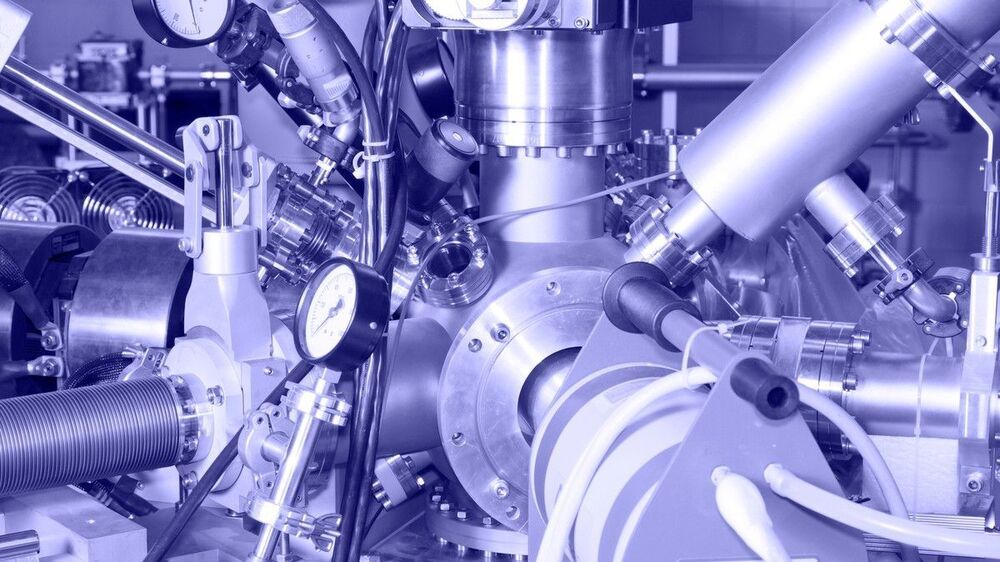In the 1950s, few things seemed more futuristic and utopian than harnessing nuclear energy to power your home. Towering nuclear reactors popped up across the U.S. with the promise of harvesting energy from smashed atoms of Uranium to power everything from lights in an office to an oven cooking a pot roast. With clean and efficient nuclear power, anything seemed possible.
But as the years went on, doubt about the safety of these reactors began to poison the bright future they’d once promised. Stories of nuclear waste polluting waterways downstream of power plants began to stir alarm, and in the 1980s the Chernobyl nuclear power plant explosion sent radiation billowing across Europe and into the tissues of an estimated 4,000 Ukrainians who died from radiation poisoning. Even as recently as 2011, Japan’s Fukushima nuclear power plant faced catastrophe when a tsunami knocked out its power supply and led all three of its nuclear reactors to melt down.
All in all, it’s been a tough few decades for nuclear energy’s public image. But nuclear scientists say that now, more than ever, is the time to reinvest in nuclear innovation. Governments agree: In the U.K. Rolls-Royce plans to roll out 16 mini-nuclear plants over the next five years and China, an emerging nuclear super power, has pledged to ramp up its nuclear use to meet emissions goals.
